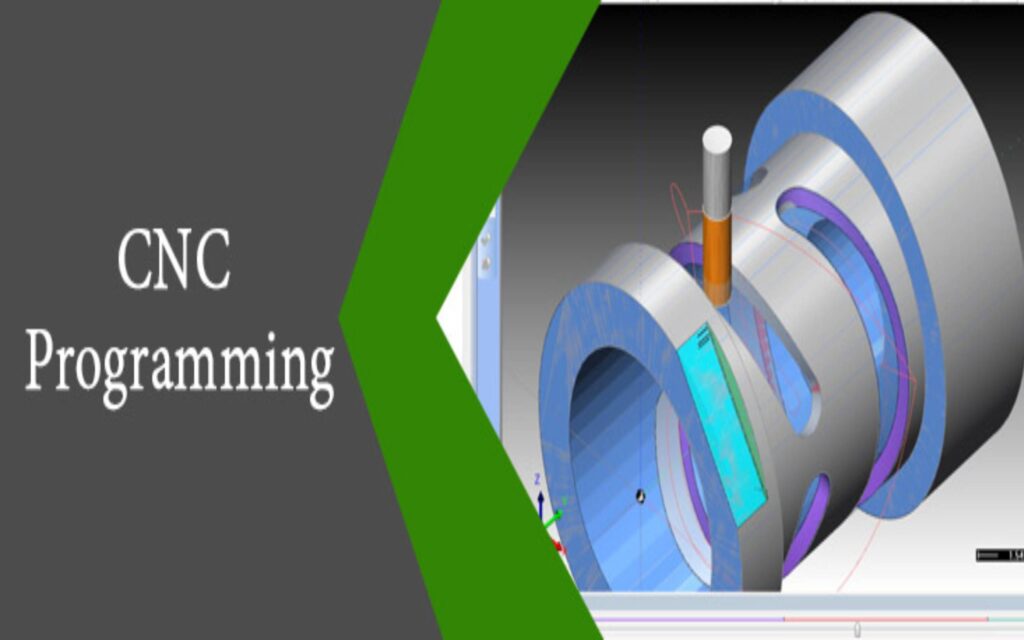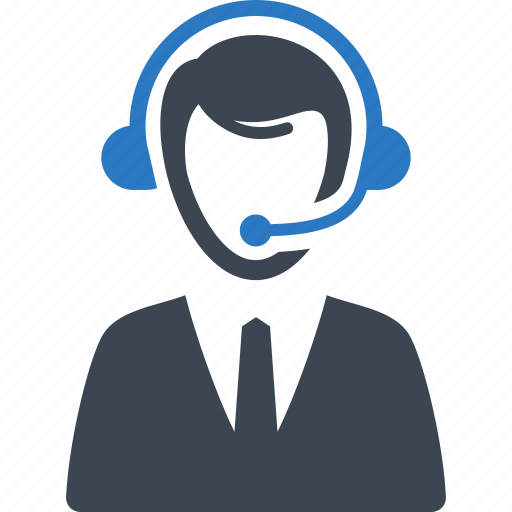Best CNC Programming Training in Mohali and Chandigarh
What is CNC programming?
CNC programming, to put it briefly, is the act of integrating instructions to define how a CNC machine moves and operates. These instructions will be used by the CNC machine to transform raw material into a finished good. CNC programming wonders that it enables machines to carry out monotonous tasks. As a result, reduced waste (both material and time), lower operational costs, and larger potential profit margins aid in the growth and development of enterprises.


Routers, mills, lathes, mill-turn and turn-mill machines, multi-tasking centres, wire EDMs, and industrial robots can all be controlled by CNC programming. Any machine’s instructions are often given in one of two ways: either manually through a built-in human interface or digitally using offline CAM (computer-aided manufacturing) software.
Types of CNC Programming
CNC programming may be divided into three basic categories: conversational, CAM, and manual. Each has certain advantages and disadvantages. Beginner CNC programmers should learn what makes each programming style unique from the others and why understanding all three is crucial.
Manual CNC Programming
The earliest and most difficult type of CNC programming is manual. For this kind of programming, the programmer must be aware of how the machine will react. They must picture the results of the programme. Because of this, this kind of programming is best used for straightforward jobs or when a professional has to produce a very precise design.
CNC programming for CAM
For people who might lack sophisticated arithmetic knowledge, CAM CNC programming is the best option. Many of the mathematical challenges that must be solved when utilising a manual programming approach are removed by the software, which translates CAD design into the CNC programming language. The amount of knowledge required for manual programming and the extreme simplicity of conversational programming is presented as plausible alternatives by this method. With CAM programming, you have more possibilities than with CAD programming, and you can automate a lot of the processes.
Discussion-based or immediate CNC programming
Conversational or instant programming is the form of programming that is most user-friendly for novices. With this method, users may make the desired cuts without knowing G-code. With conversational programming, the user may submit crucial information in plain English. To assure the correctness of the design, the operator can also check tool motions before running the programme. This method’s drawback is that it can’t handle complicated pathways.
Have you ever questioned how intricately made the tiniest components of machines are? Or how a larger product, like the frame of a vehicle, is created and designed to function flawlessly and keep you safe while you’re driving?
The CNC (computer numerical control) machinery is entire to credit. Operators who have completed CNC training have learnt how to use blueprints and plans to programme a computer. The computer then employs the code to drive machinery like lathes and mills, which shape raw materials like metal and plastic into usable parts.
CNC machines can produce anything from door frames and computer components to body-part implants like knee replacements. Continue reading to find out what to anticipate from CNC machine training programmes if you want more information on “What is CNC training?”
Programs for CNC Machinist Training: Key Elements
- Using software for computer-aided design (CAD), computer-aided manufacturing (CAM), and blueprint reading
- Understanding geometric tolerances and dimensioning
- Setting up, running, and disassembling CNC lathes and mills
- Working with, fastening, and adjusting cutting instruments and work items
- Observing machine speed and motion
- Checking finished items for flaws and doing product testing
- Polishing product or component surfaces
- Utilizing products and technologies that are favoured by the industry, including manufacturers like Mastercam, Mitsubishi Materials, and Mitee-Bite Products LLC
- Using best practices for job planning and safety
At Future Finders, training to become entry-level CNC machinists can be finished in as little as 36 weeks. After completing their training for CNC machines, candidates can apply for jobs like CNC programmer. CNC operator and setup personnel. Some CNC machinists want to be leaders and work toward jobs like shop supervisors and quality control inspectors. Some people could even start their own CNC machining companies.
Advantages of completing training for CNC machines
Being a CNC machinist may be a thrilling job. Skilled machinists are in great demand, which may lead to a range of possibilities in addition to being a satisfying career path.
Work Locations for CNC Machinists
Various industries employ CNC machinists. For their goods, most companies rely on accurate parts. As a CNC machinist, you might be able to find rewarding employment in any industry you’re passionate about.
Popular fields for CNC machine operators include:
- Automotive and racing
- Aviation
- Aerospace
- Military defence
- Medical and dental
- Computers and technology
One advantage of formal CNC machine training is that graduates are ready to work in the industry right out of college. Even while they are still in school, some students begin working in support positions.
Some businesses won’t even consider an applicant unless they have CNC machinist training from a technical institute. Employers are drawn to CNC machine training programmes at reputable institutions like Future Finders because they know students receive the technical knowledge necessary to excel in the field.
What Do CNC Machinists Get Paid?
The U.S. Bureau of Labor Statistics reports that in May 2020, the average yearly wage for operators of computer numerically controlled tools was $42.260. Accordingly, half of the CNC machinists made more money than the other half.
Remember that a wage is based on a variety of criteria, including experience, employer, demand, and local cost of living. Those that are enthusiastic about this area can advance to jobs with more responsibility and the potential for higher pay.
Participants in the preparation learn various basic parts of CNC programming quickly and with ongoing assignments
CNC Programming Course
- Introduction to CNC Macro Programming
- Part Programming Techniques
- Certain Applications of Macro Programming
- Does My Machine Have Macro Capability?
- Aim of the Present Text
- How to Use This Book
- Macro Variables
- Macro Expressions
- Assigning a Value to a Variable
- Display of Variables
- Real versus Integer Values
- Undefined Variables
- A Simple Use of Macro Programming Features
- Retaining Programs in MDI Mode
- Local and Global Variables
- Effect of System Reset on Macro Variables
- Levels of Local Variables
- Range of Values Stored in Variables
- System Variables
- Types of Macro Functions
- Arithmetic Operations
- Trigonometric Functions
- Rounding Functions
- Miscellaneous Functions
- Logical Functions
- Conversion Functions
- Unconditional Branching
- Conditional Branching
- Conditional Execution of a Single Macro Statement
- Execution in a Loop
- Arithmetic Operations on Macro Variable Numbers
- Nested WHILE Statement
- Introduction
- Subprogram Call
- Multiple Call of a Subprogram
- Subprogram Nesting
- Introduction
- Macro versus Subprogram
- Macro Call
- Subprogram Call without Using M98/M198
- Argument Specification
- Processing of Macro Statements
- Introduction
- Arc with Uniformly Varying Radius
- Helical Interpolation with Variable Radius
- Parabolic Turning
- Turning a Sine Curve
- Introduction
- Locator Pin
- Bolt Holes on a Flange
- Introduction
- Deep-Hole Peck Drilling on a Lathe
- Drilling with Reducing Peck Lengths on a Milling Machine
- Introduction
- Skip Function on a CNC Machine
- Probing a Pocket
- Finding Center of a Hole
- Finding Angle of an Edge
- Adjusting Wear Offset
- Introduction
- Switching Principle
- Input Types and Wiring
- Connector Pin Assignment
- Discrete Sensors for Sourcing/Sinking PLC Inputs
- Output Types and Wiring
- Introduction
- Data Input for WCS Offset Distances
- Data Input for Additional WCS Offset Distances
- Data Input for Compensation Values on a Milling Machine
- Data Input for Compensation Values on a Lathe
- Data Input for Parameter Values
- List of Complex Macros
- List of Parameters
- Highlihgt Of CNC Programming Course
- Introduction to CNC
- Co-ordinate systems
- Work settings and offsets
- G codes, M codes
- Tool movement
- Open loop system
- Interpolation
- Feed function
Apply Us
| CNC Programming Course Fee and Duration | |||
|---|---|---|---|
| Track | Regular Track | Weekend Track | Fast Track |
| Course Duration | 45 - 60 days | 12 Weekends | 30-35 days |
| Hours | 2 hours a day | 3 hours a day | 6+ hours a day |
| Training Mode | Live Classroom | Live Classroom | Live Classroom |

